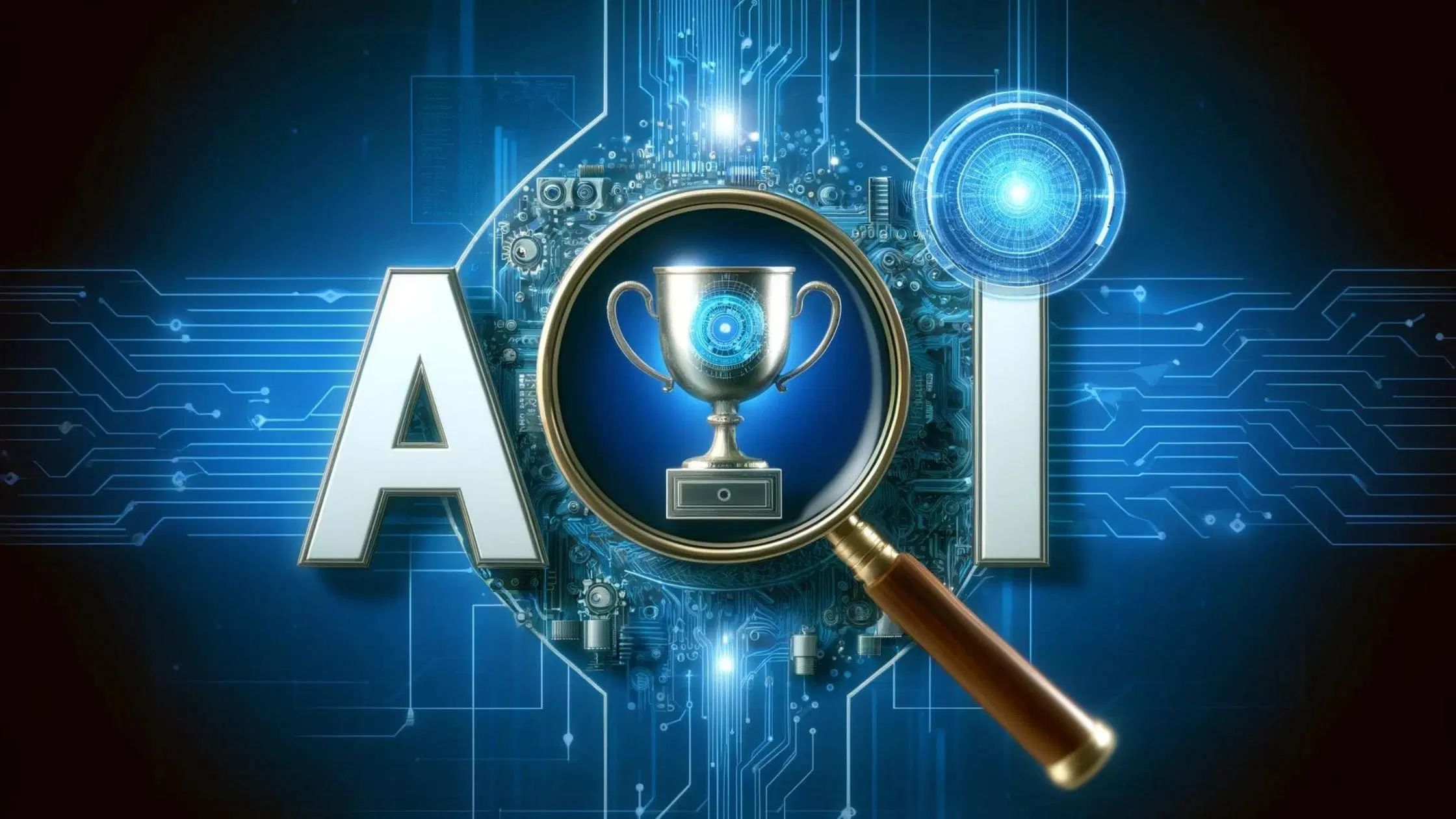Introduction
In an age where artificial intelligence is behind everything from text generation to image creation, “detector de IA” (AI detector) tools have become essential. These tools scan content to determine if AI played a role in its creation, helping organizations, educators, and users verify whether content is human-made or machine-generated. From helping maintain academic integrity to ensuring the reliability of digital content, the use of AI detectors is rapidly expanding across industries. This article explores the technology behind AI detectors, their primary applications, and why they are becoming critical tools for credibility and transparency.
What Is a “Detector de IA”?
A detector de IA (AI detector) is a tool designed to identify AI-generated content. These tools can analyze text, images, audio, and even videos to pinpoint content crafted by artificial intelligence models. By evaluating patterns, structures, and specific language features, AI detectors reveal whether content originates from an AI system.
How Does an AI Detector Work?
AI detectors use advanced algorithms and machine learning techniques to scan and analyze content. Here’s how they typically operate:
- Pattern and Syntax Analysis: AI-generated text often has a different rhythm, syntax, and vocabulary than human-written text. Detectors analyze text for repetitive phrases, unusual syntax, or lack of idiomatic language that may indicate AI origin.
- Probability-Based Detection Models: Using large data sets of both human and AI-generated content, AI detectors learn to identify characteristics unique to AI. They assign a probability score indicating how likely the content is machine-generated.
- Natural Language Processing (NLP): NLP algorithms help detectors analyze language nuances. By comparing the content’s structure, coherence, and contextual accuracy to a set of linguistic standards, detectors can detect content with less natural fluidity—often a telltale sign of AI generation.
- Image and Audio Recognition: In addition to text, some AI detectors can identify AI-created images and audio. For example, AI-generated images may have irregular pixel patterns, while AI-created audio can show specific frequency modulations. Advanced detectors analyze these minute details to determine whether a digital creation is machine-made.
Why Are AI Detectors Important?
The growing use of AI-generated content has led to several challenges across different industries, making AI detectors invaluable for various purposes. Here are some primary reasons why AI detectors are essential today:
- Academic Integrity: With the rise of AI writing tools, students and professionals can easily generate essays and assignments. AI detectors help academic institutions ensure that work submitted is genuinely human-created, preserving the integrity of academic standards.
- Fighting Disinformation: AI-generated news articles, images, and even deepfakes have made it harder to distinguish real information from fabricated content. Media outlets and social media platforms rely on AI detectors to catch potential misinformation, helping ensure that audiences can trust digital news sources.
- Originality in Content Marketing: Brands are increasingly turning to AI to generate articles, social media posts, and product descriptions. For businesses focused on authentic branding, AI detectors can ensure they are maintaining originality and connecting with audiences in a genuine way.
- Copyright Protection in Art and Design: As AI tools enable the quick creation of digital art, artists and designers use detectors to establish whether an image or design is entirely human-made or machine-generated. AI detectors help protect creative copyrights and originality, giving artists ownership over their unique creations.
- Preventing Plagiarism: Since AI tools often use vast datasets that may include copyrighted material, detectors help educational institutions, publishers, and creators identify potential plagiarism or content duplication.
Who Uses AI Detectors?
Detector de IA tools have found application in various fields and industries, including:
- Educational Institutions: Schools and universities use AI detectors to ensure students submit original work. This is particularly useful with essays, research papers, and assignments where AI-generated content can mimic human writing.
- Media and Journalism: With AI now capable of generating news reports and articles, news organizations use AI detectors to verify content. This helps prevent the spread of misinformation and ensures journalistic standards are met.
- Social Media Platforms: Social platforms use AI detectors to identify and flag deepfakes, AI-generated posts, and potentially harmful misinformation. This helps build user trust and supports responsible digital engagement.
- Publishing and Content Creation: From bloggers to authors, content creators use AI detectors to verify the originality of their work and ensure it hasn’t been unintentionally influenced by AI-generated sources.
- Corporate Training and Internal Communications: Companies use AI detectors in training programs, onboarding content, and internal communications to verify that content represents the genuine tone and language of the organization.
The Technology Behind Leading AI Detectors
AI detectors are power by several key technologies:
- Machine Learning Models: By training on large datasets of both human and AI-created content, machine learning models learn to spot the nuances and characteristics specific to AI-generated text or media.
- Neural Networks: Advanced detectors often use neural networks to analyze content in detail. For instance, text detectors use neural networks to recognize syntax patterns, while image detectors analyze pixel patterns.
- Deep Learning Algorithms: Deep learning enhances an AI detector’s ability to identify patterns in complex data, like recognizing altered pixels in deepfakes or subtle language shifts in AI-generated text.
- Pattern Recognition Technology: Using complex algorithms, pattern recognition technology helps detectors find recurring elements common to AI-produced content, such as unusual sentence structure, pixel irregularities in images, or frequency patterns in audio.
Future Implications of AI Detection Technology
As AI technology advances, the need for detection tools like detector de IA will only grow. Future AI detectors may become increasingly sophisticated. Capable of analyzing not just the surface-level details but also understanding the context and intent behind content creation. This could revolutionize how we interact with digital content, bringing new layers of trust and transparency.
Conclusion: The Growing Importance of Detector de IA Tools
AI detection tools have become an indispensable part of today’s digital landscape. Whether it’s ensuring academic integrity, maintaining the credibility of media, or protecting the originality of art. AI detectors provide transparency and security in a world where the line between human and machine-made content is increasingly blur. As we continue to integrate AI across industries, the role of detector de IA tools will likely become even more critical, helping to uphold trust and authenticity in digital spaces.



